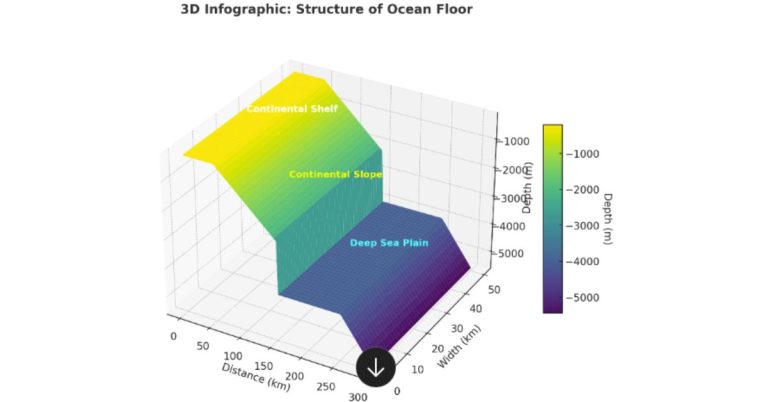Estimated reading time: 3 minutes

Table of contents
Why is Mars in the News Recently?
In 2025, NASA announced new progress on the Mars Sample Return Mission, aiming to bring Martian soil back to Earth for analysis by the 2030s. Meanwhile, ISRO’s Mangalyaan-2 project is under study, which will further enhance India’s role in planetary exploration. These updates keep Mars at the center of global space and geography discussions.
Why is it Called the Red Planet?
Itis the fourth planet from the Sun, located between Earth and Jupiter. Its reddish appearance comes from iron oxide (rust) on its surface. With a diameter of 6,792 km, it is about half the size of Earth but has striking similarities in day length (24.6 hours) and seasons due to its tilted axis.
Geographical Features of Mars?
- Olympus Mons: The largest volcano in the solar system (21.9 km high).
- Valles Marineris: A canyon system stretching over 4,000 km, deeper than the Grand Canyon.
- Polar Ice Caps: Made of water and carbon dioxide ice.
- Thin Atmosphere: Composed mainly of 95% carbon dioxide, unsuitable for direct human survival.
- Dust Storms: Mars experiences the largest dust storms in the solar system, sometimes covering the entire planet.
These features make Mars an excellent case study in planetary geography.
Is There Water on Mars?
Yes. Evidence shows frozen water in polar caps and traces of liquid salty water under the surface. This has strong implications for future colonization and the possibility of extraterrestrial life.
Why is it Important for Human Exploration?
It offers a comparative model of Earth’s evolution. Studying it helps scientists understand:
- Climate change processes
- Planetary geology
- Possibility of past or present life
Missions like NASA’s Perseverance Rover and ISRO’s MOM (Mangalyaan) provide continuous data, making Mars a focus of international space agencies.
What are the Recent Mars Missions?
- NASA Perseverance Rover (2020–present): Collecting rock samples for future return.
- China’s Tianwen-1 (2020): First Chinese orbiter and rover mission to Mars.
- ISRO’s Mangalyaan (2013): India’s first Mars Orbiter Mission, successful at low cost.
- Planned Mars Sample Return (2030s): Collaboration between NASA and ESA.
Could Humans Live on Mars?
Current challenges include:
- Lack of breathable atmosphere
- Extreme cold temperatures (-60°C average)
- High radiation exposure
- Limited water resources
However, with terraforming concepts and sustainable habitats, scientists believe Mars colonization could be possible in the future.
Quick Facts Table:
| Feature | Detail |
| Position from Sun | 4th Planet |
| Diameter | 6,792 km |
| Day Length | 24.6 hours |
| Year Length | 687 Earth days |
| Atmosphere | 95% CO₂ |
| Largest Volcano | Olympus Mons (21.9 km) |
| Canyons | Valles Marineris (4,000 km long) |
| Moons | Phobos and Deimos |
| Surface Gravity | 38% of Earth |
| Avg. Temperature | -60°C |
FAQs on Mars
Q1. Why is Mars called the Red Planet?
Because of the iron oxide dust on its surface, which gives it a reddish appearance.
Q2. Does Mars have life?
No confirmed evidence yet, but scientists continue to search for microbial life.
Q3. What is India’s contribution to Mars exploration?
ISRO’s Mangalyaan (2013) made India the first Asian nation to reach Mars orbit in its first attempt.
Q4. Which is the biggest mountain on Mars?
Olympus Mons, nearly three times taller than Mount Everest.
Also Read
- NISAR Satellite: NASA–ISRO Mission, Features, and Geography Insights
- Exploring the Red River: A Vital Waterway in the United States
- सूर्य से सम्बंधित कुछ विशिष्ट तथ्य (Special facts Related to the Sun)
- Exploring the Mission Chandrayaan : Unraveling the Secrets of the Moon
- Red Deer River: Geography, History, and Competitive Exam Notes





























